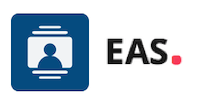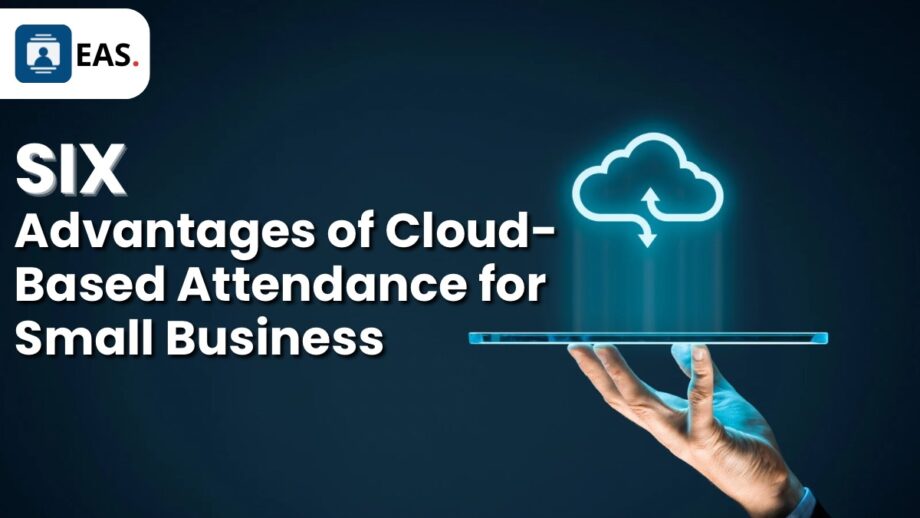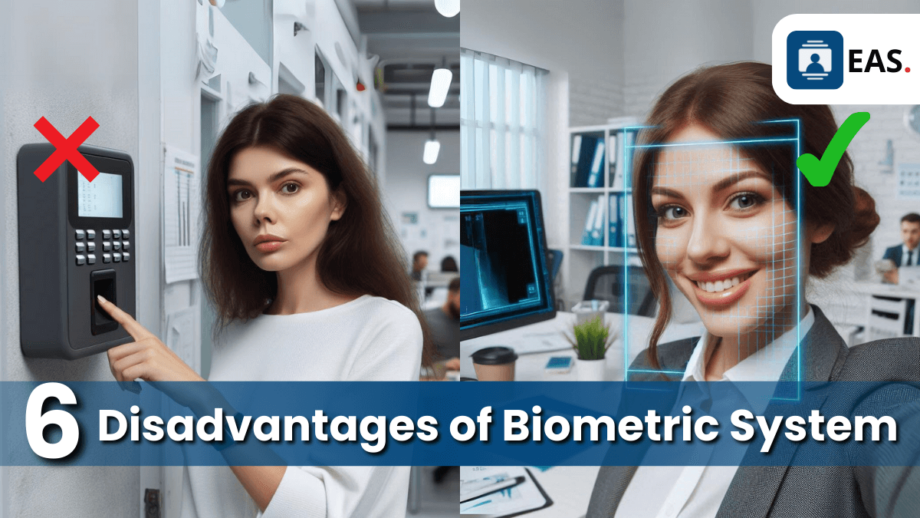Tracking employee attendance manually can be time-consuming, error-prone, and inefficient. As businesses grow, the need for an automated solution becomes critical. Using an Employee Attendance Tracking Software like EAS App, companies can streamline attendance processes and improve accuracy.
This guide will explain how businesses can automate attendance tracking, outline the necessary steps, and showcase the benefits of transitioning from manual to automated systems.
Why Automate Employee Attendance?
Manual attendance tracking often involves paperwork, spreadsheets, and human supervision. These systems can lead to errors such as missed clock-ins, time theft, and difficulties in calculating working hours.
An automated system offers:
- Accuracy: Eliminate human error with real-time tracking.
- Efficiency: Save time by automating attendance recording and reporting.
- Compliance: Ensure adherence to labour laws and regulations.
- Security: Protect attendance data with digital storage.
- Employee Satisfaction: A fair, automated system reduces disputes over attendance records.
Steps to Automate Employee Attendance
Step 1: Choose the Right Software
Selecting the right Employee Attendance Tracking System is the first step. Look for software that includes advanced features such as:
- Facial Recognition: Ensures contactless clock-ins and prevents fraud.
- Geo-Tagging & Geo-Fencing: Tracks employees’ locations during clock-ins.
- Leave & Task Management: Integrates attendance with other key functions like leave tracking and task assignment.
EAS App is an excellent option that incorporates all these features, providing a comprehensive solution for automating employee attendance.
Step 2: Implement Facial Recognition for Attendance
Facial recognition is a secure and efficient way to track attendance. Here’s how to implement it:
- Employee Registration: Capture employee facial data and store it securely.
- Clock-In & Clock-Out: Employees scan their faces to register their attendance.
- Real-Time Logs: Attendance data is logged automatically, reducing errors.
EAS App’s facial recognition removes the need for timecards or manual input, making the process more efficient and foolproof.
You may want to read –
The Power of Facial Recognition in Employee Attendance Management
Step 3: Enable Geo-Tagging and Geo-Fencing
For businesses with remote workers or field teams, location-based tracking is essential. Geo-tagging and geo-fencing can help ensure employees are where they need to be during working hours.
- Geo-Tagging: Captures an employee’s exact location during clock-ins.
- Geo-Fencing: Sets a virtual boundary around the workplace, ensuring employees can only clock in or out when they are physically within that location.
EAS App prevents false clock-ins from unauthorised locations and ensures compliance with workplace policies.
Step 4: Automate Leave Management
Manual leave management can lead to bottlenecks and discrepancies. With automation, the process becomes seamless:
- Request Submissions: Employees submit leave requests through the app, which are sent to managers for approval.
- Automated Tracking: Approved leaves are recorded in real time, ensuring attendance data is up-to-date.
- Payroll Integration: Leave records sync with payroll systems, ensuring accurate salary calculations.
By automating leave management, businesses can avoid manual errors and streamline the approval process.
Step 5: Utilize Task Management
Advanced attendance software, like EAS App, integrates task management into the attendance system. This helps businesses track how employees spend their time at work:
- Assign Tasks: Managers can assign tasks through the app, and track when employees start and complete them.
- Monitor Progress: See how long employees spend on each task, and track overall productivity.
- Reporting: Automated reports show time spent on tasks, helping with performance reviews and project management.
Task management combined with attendance tracking ensures businesses can monitor employee productivity and time management more effectively.
Step 6: Customize Alerts and Notifications
Automated systems allow businesses to set up custom alerts and reminders for attendance:
- Clock-In Alerts: Employees receive reminders to clock in at the right time.
- Absence Alerts: Managers are notified if an employee fails to clock in.
- Late Notifications: Alerts can be triggered for early or late clock-ins.
These alerts help ensure punctuality and minimize attendance issues.
Step 7: Generate Real-Time Reports
One of the greatest benefits of an automated system is the ability to generate real-time reports. Managers can quickly access:
- Attendance Data: Track who was present, absent, or late on any given day.
- Productivity Insights: By linking attendance with task management, managers can see how employee time is spent.
These reports can be used for payroll processing, performance reviews, and other compliance, making attendance tracking more transparent and actionable.
Conclusion
Automating employee attendance tracking with a software like EAS App can greatly enhance your business operations. Features such as facial recognition, geo-tagging, leave management, and task tracking offer a seamless and efficient way to manage attendance.
By switching from manual to automated attendance tracking, businesses can save time, reduce costs, and improve accuracy, leading to more streamlined employee management and better operational efficiency.
Automate your employee attendance tracking and simplify payroll process with EAS, the simple software solution tailored for businesses of all sizes.




